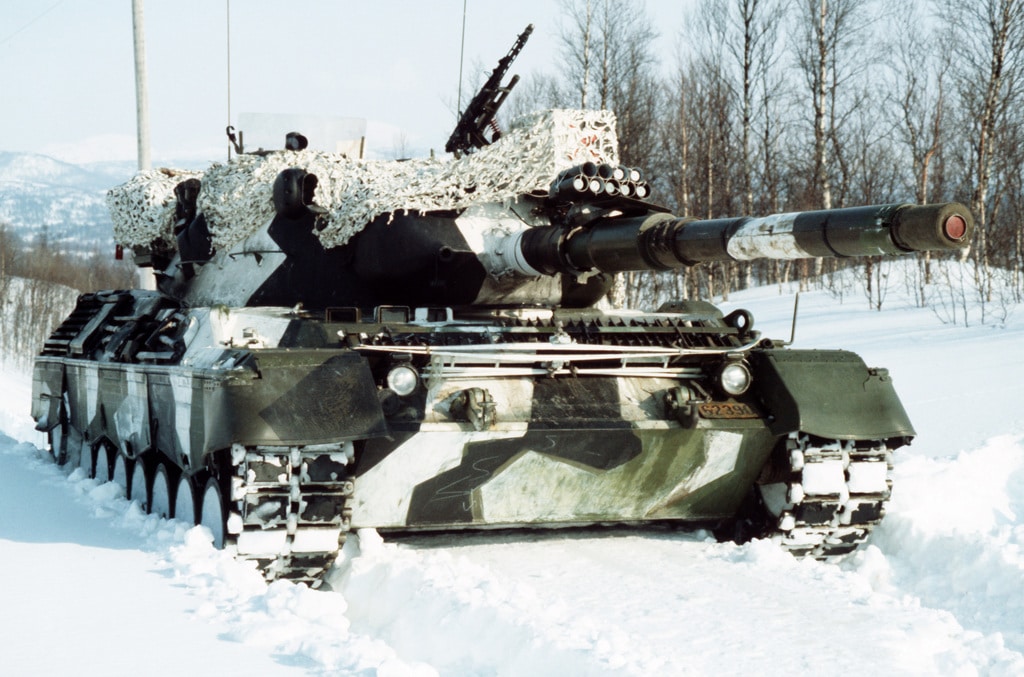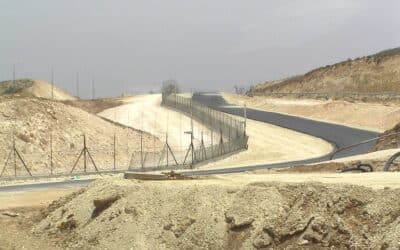Several North Atlantic Treaty Organization members have pledged to send over 200 Leopard-series main battle tanks to Ukraine. However, much of the armor will not see the warzone for years.
On Tuesday, Berlin announced that it had reached an agreement with the Netherlands and Denmark to provide 178 Leopard 1 tanks to Kiev. Germany and Poland previously pledged to send over two dozen of the more modern Leopard 2 models to Ukraine.
However, it will take time before the tanks can reach the battlefield. The Leopard 1 units have been decommissioned and must be modified before they can be sent to Ukraine. Though the donor nations say they hope to send a total of 178 tanks, some of old Leopards may be too damaged to repair.
Ukraine’s Defense Minister Oleksiy Reznikov said he envisions “20-25 of these tanks by the summer, about 80 by the end of the year, and more than 100 Leopard 1 tanks by 2024.”
Ukrainian President Volodymyr Zelensky thanked the three countries for the weapons but still demanded more. “The tank coalition. . . can really give us . . . parity on the battlefield. It is necessary to understand that it depends on time, on the quantity and modernity of the tank coalition’s equipment,” he said.
An announcement that some EU states would supply Leopard 1s to Ukraine was expected after Berlin approved the transfer of an unknown number of the tanks to Kiev last week.
German Chancellor Olaf Scholz recently approved the transfer of 14 newer Leopard 2 main battle tanks to Ukraine. The decision was a reversal for Scholz, who ultimately failed to resist pressure to send the advanced weapon. NZZ, a Swiss outlet, reported that the German decision to send Leopard 2s was made because Washington authorized the transfer of 31 M1 Abrams tanks to Kiev. Before succumbing to demands from within the NATO bloc, Scholz had defended his refusal to provide the tanks by warning that such an escalation in military aid could provoke a direct clash between Moscow and the West.
















